Principle of the lateral flow immunoassay
Date: 2025-01-17 Categories: Industry News Hits: 655
The principle behind the LA is simple: a liquid sample (or its extract) containing the analyte of interest moves without the assistance of external forces (capillary action) through various zones of polymeric strips, on which molecules that can interact with the analyte are attached. A typical lateral flow test strip consists of overlapping membranes that are mounted on a backing card for better stability and handling. As shown, the sample is applied at one end of the strip, on the adsorbent sample pad, which is impregnated with buffer salts and surfactants that make the sample suitable for interaction with the detection system. The sample pad ensures that the analyte present in the sample will be capable of binding to the capture reagents of conjugates and on the membrane. The treated sample migrates through the conjugate release pad, which contains antibodies that are specific to the target analyte and are conjugated to coloured or fluorescent particles-most commonly colloidal gold and latex microspheres. The sample, together with the conjugated antibody bound to the target analyte, migrates along the strip into the detection zone.This is a porous membrane (usually composed of nitrocellulose) with specific biological components (mostly antibodies or antigens) immobilized in lines. Their role is to react with the analyte bound to the conjugated antibody.
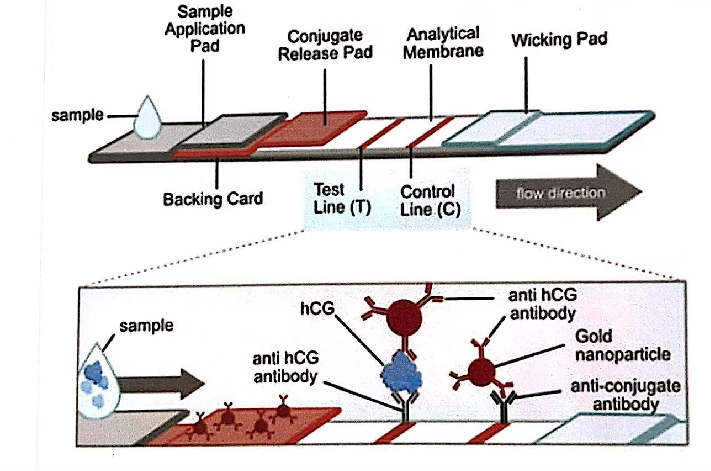
Low development costs and ease of production of LFAs have resulted in the expansion of its applications to multiple fields in which rapid tests are required. LFA-based tests are widely used in hospitals, physician's offices and clinical laboratories for the qualitative and quantitative detection of specific antigens and antibodies , as well as products of gene amplification . A variety of biological samples can be tested using LEAs, including urine, saliva, sweat , serum, plasma, whole blood and other fluids. Further industries in which LFA-based tests are employed include veterinary medicine, quality control, product safety in food production , and environmental health and safety . In these areas of utilization, rapid tests are used to screen for animal diseases, pathogens, chemicals, toxins and water pollutants , among others.

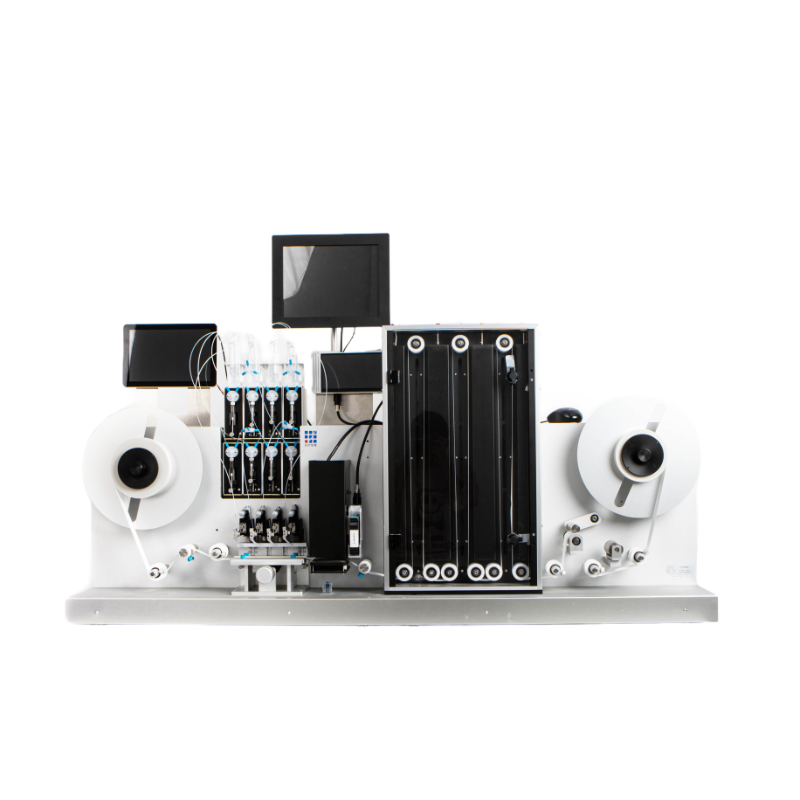 Reel to reel dispenser DS3000
Reel to reel dispenser DS3000  Dispenser sprayerXYZ3020
Dispenser sprayerXYZ3020 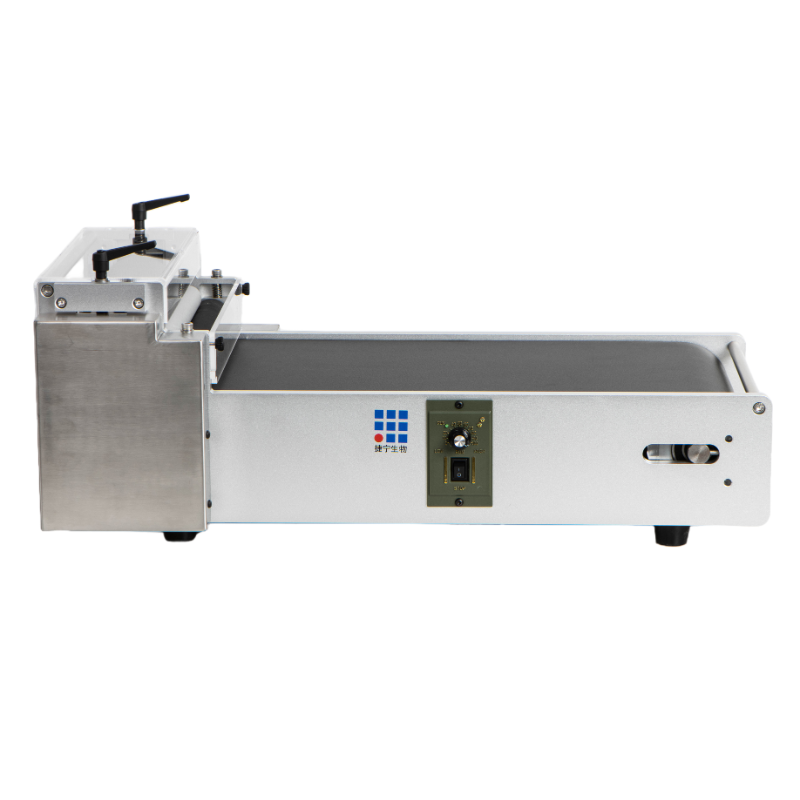 Assembly rollerAR3000
Assembly rollerAR3000 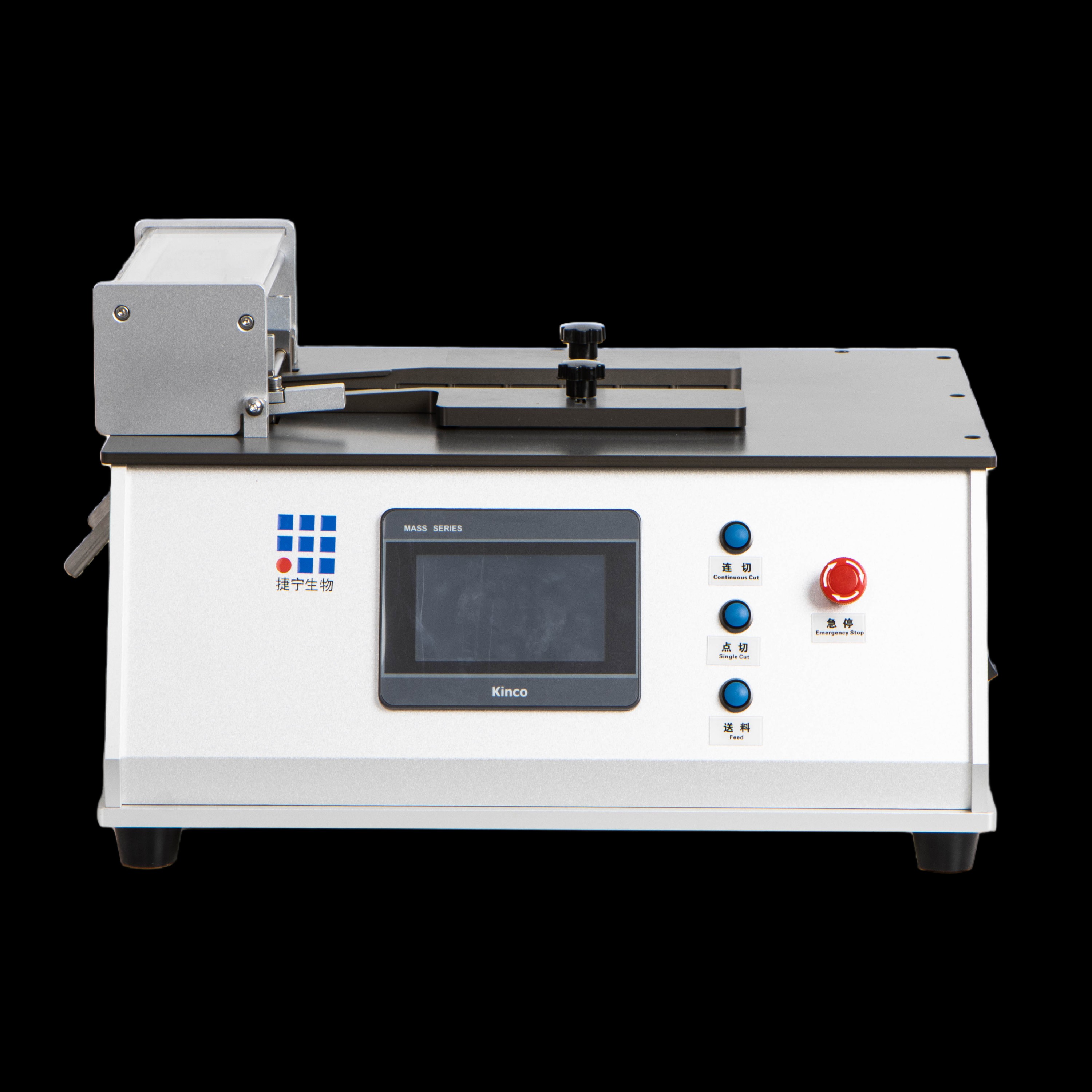 Guillotine cutter CM3020
Guillotine cutter CM3020  Simple Dispenser 100 (SD100)
Simple Dispenser 100 (SD100) 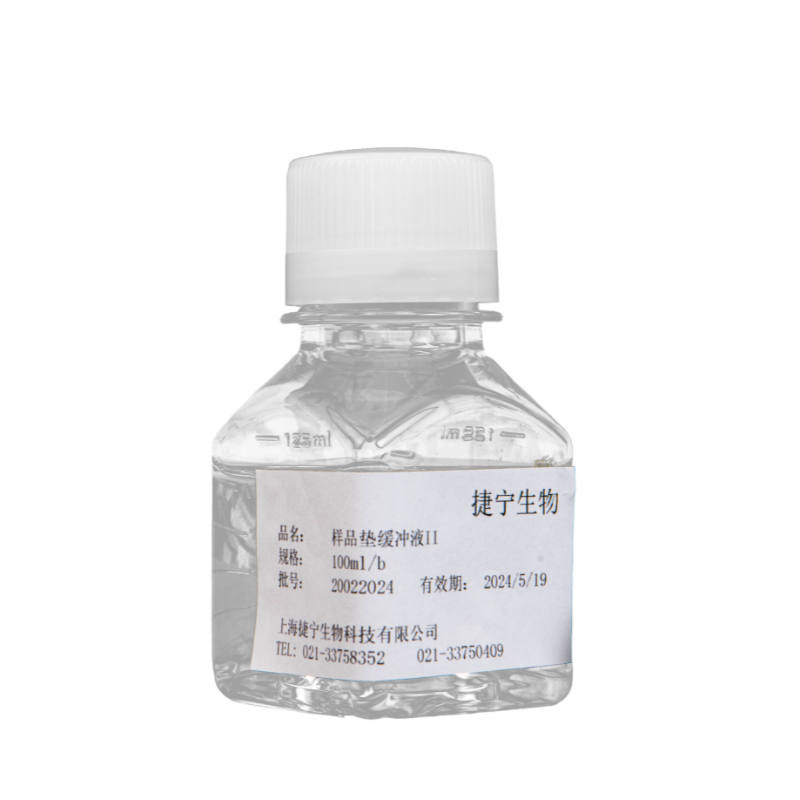 Sample Pad Buffer
Sample Pad Buffer  NC membrane
NC membrane  Glass fiber
Glass fiber  Plastic backing
Plastic backing  Polyester membrane
Polyester membrane